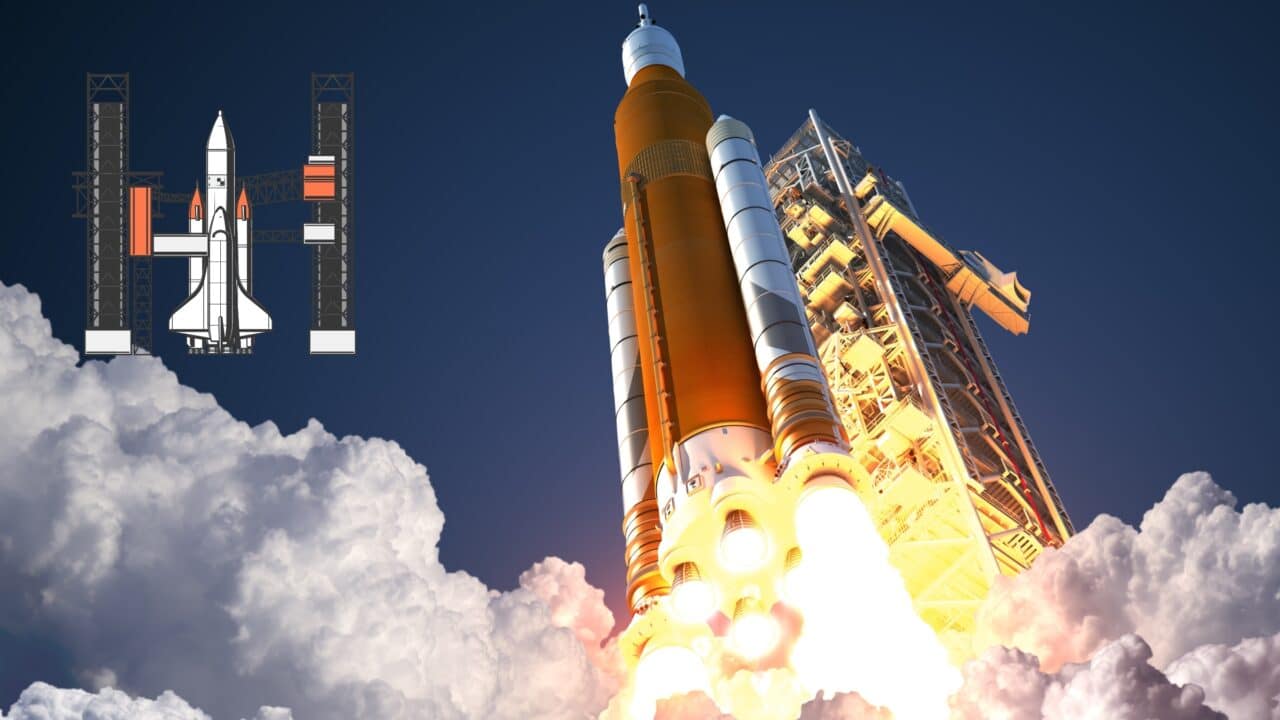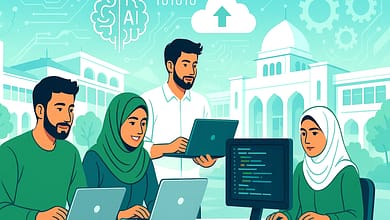
Satellite PakSat MM1 Today: ISLAMABAD— With the assistance of China through the National Space Program 2047, the Pakistan Space and Upper Atmosphere Research Commission (Suparco) is preparing to launch a new satellite, PakSat MM1, today (Thursday, May 30). By assessing its performance, the Paksat MM1 Project Management Team has completed all the preparations for the launch of this new satellite. “Our team is very excited about the upcoming launch of PakSat MM1 today (Thursday),” stated M. Imran, Project Director for PakSat MM1.
The country’s expanding needs for a wide range of connectivity and communication were considered when designing the satellite PakSat MM1, which will be launched from China’s Xichang Satellite Launch Center (XSLC). A prime example of Pakistani and Chinese technological collaboration is this satellite project. It is anticipated to transform Pakistani communication and represent a significant advancement towards a digitally connected Pakistan.
Table of Contents
Advanced Communication Technologies, PakSat MM1
PakSat MM1, based on cutting-edge communication technology, will be essential to the nation’s socioeconomic development. It will serve as a first step towards making Pakistan a digital nation. The media will be able to watch the launch ceremony live from Suparco’s establishments in Karachi and Islamabad. It is anticipated that the satellite would assist in building an advanced communication network and meet the expanding needs of the telecommunications industry. Its sophisticated features will meet the growing need for seamless connectivity and high-speed internet.
According to SUPARCO, “This high-power multi-mission satellite will offer SBAS services in the L Band and communication services in the C, Ku, and Ka Bands.” PakSat-MM1, based on cutting-edge communication technology, will be essential to the nation’s socioeconomic development. It will serve as a first step towards making Pakistan into a Digital Pakistan. It will offer various communication services, including VSAT connectivity, mobile bank hauling, TV broadcasting, and broadband internet. According to Usman Iftikhar, Project Manager MM-1, SUPARCO, the main goal of the PAKSAT MM-1 satellite is to fortify Pakistan’s communication infrastructure. This will open up new avenues for connectivity, enabling the country to serve the underserved in tele-education, telehealth/telemedicine, e-governance, and e-commerce, all while becoming a digital powerhouse.
Communication Infrastructure
According to him, a nation’s communication infrastructure is its foundation and is essential to its progress. Thanks to this satellite, the country’s rural regions will benefit from improved communication. This spacecraft is intended for communication and will be launched into a geostationary orbit. Before this, on May 3, China’s Chang’E6 launched Pakistan’s historic lunar mission (ICUBE-Q) from Hainan, China.
Pakistan’s first attempt at lunar exploration was accomplished with the satellite iCube-Qamar mission, a significant turning point in the nation’s space program. The Institute of Space Technology (IST), in partnership with Pakistan’s national space agency SUPARCO and China’s Shanghai University SJTU, conceived and produced the satellite iCube-Q.
The Satellite Weighing Islamabad’s Electrical Engineering
The Institute of Space Technology (IST) in Islamabad’s Electrical Engineering Department created the spacecraft, weighing roughly 7 kg. The satellite’s first pictures from lunar orbit were successfully taken and sent, offering a distinctive viewpoint of the moon’s surface.
Speaking of the advantages of satellites, Suparco stated that they are essential to advancing science, improving navigation, communication, environmental monitoring, and many facets of daily life. As such, they are indispensable to the progress and well-being of humankind. Regarding communication, navigation, weather forecasting, earth observation, scientific research, crisis management, remote sensing, and telemedicine, satellites are immensely helpful to humanity. Every nation needs three kinds of satellites: navigation, remote sensing and surveillance, and communication.
PAKSAT MM1 Affects Internet Connectivity In Pakistan
Today at 5 p.m., the Pakistani sophisticated communication satellite PAKSAT MM1 will launch from China’s Xichang Satellite Launch Center (XSLC). It is the outcome of the ceaseless efforts of Pakistani engineers and scientists, and it was designed with the nation’s expanding demands in the wide range of connectivity and communication in mind. The Space and Upper Atmosphere Research Commission (Suparco) claims satellites will contribute to Pakistan’s transition into the digital age by bringing the internet to remote places.
Based on cutting-edge communication technology, the satellite will be a significant step towards the country’s socioeconomic development and its transition into “Digital Pakistan.” The satellite’s superior capabilities will fulfill the growing demand for high-speed internet and seamless connectivity. It is anticipated that the satellite will aid in creating a sophisticated communication network and help meet the expanding needs of the telecom sector.
According to the National Space Agency, this high-power multi-mission satellite will offer SBAS services in the L Band and communication services in the C, Ku, and Ka Bands. “It will offer various communication services, including mobile banking, TV broadcasting, broadband internet, and VSAT connectivity.”







